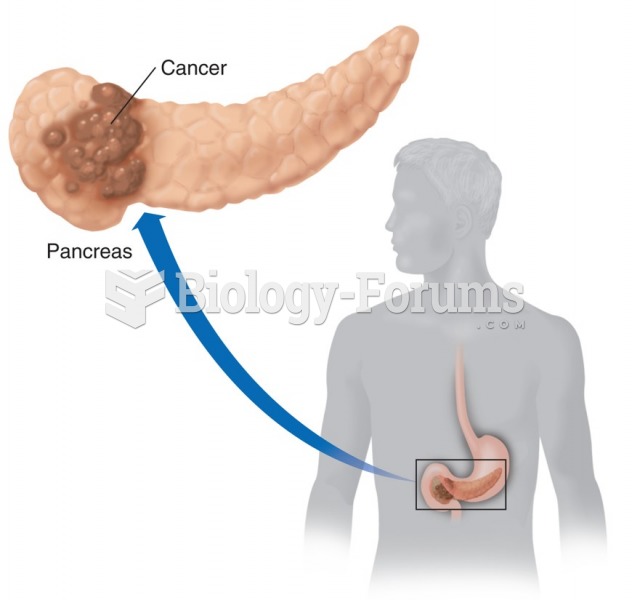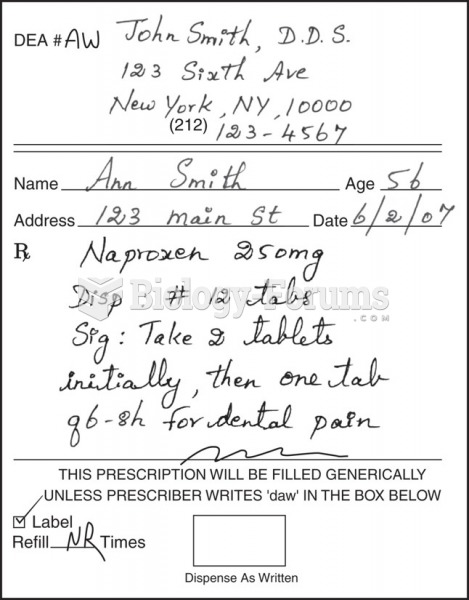Answer to Question 1
ANSWER: A standard rain gauge consists of a funnel-shaped collector attached to a long measuring tube. The cross-sectional area of the collector is 10 times that of the tube. Hence, rain falling into the collector is amplified tenfold in the tube, permitting measurements of great precision. A wooden scale, calibrated to allow for the vertical exaggeration, is inserted into the tube and withdrawn. The wet portion of the scale indicates the depth of water. So, 10 inches of water in the tube would be measured as 1 inch of rainfall. Because of this amplification, rainfall measurements can be made when the amount is as small as one-hundredth (0.01) of an inch. An amount of rainfall less than one-hundredth of an inch is called a trace. The measuring tube can only collect 2 inches of rain. Rainfall of more than this amount causes an overflow into an outer cylinder. Here, the excess rainfall is stored and protected from appreciable evaporation. When the gauge is emptied, the overflow is carefully poured into the tube and measured.
The tipping bucket rain gauge. This gauge has a receiving funnel leading to two small metal collectors (buckets) attached to each other and mounted on a pivot. The bucket beneath the funnel collects the rain water. When it accumulates the equivalent of one-hundredth of an inch of rain, the weight of the water causes it to tip and empty itself. As the first bucket turns on the pivot, the second bucket immediately moves under the funnel to catch the water. When it fills, it also tips and empties itself, moving the other direction on the pivot, and the original bucket moves back beneath the funnel. Each time a bucket tips, an electric contact is made, causing a pen to register a mark on a remote recording chart. Adding up the total number of marks gives the rainfall for a certain time period. A problem with the tipping bucket rain gauge is that during each tip it loses some rainfall and, therefore, undermeasures rainfall amounts, especially during heavy downpours. The tipping bucket is the rain gauge used in the automated (ASOS) weather stations.
Remote recording of precipitation can also be made with a weighing-type rain gauge. With this gauge, precipitation is caught in a cylinder and accumulates in a bucket. The bucket sits on a sensitive weighing platform. Special gears translate the accumulated weight of rain or snow into millimeters or inches of precipitation. The precipitation totals are recorded by a pen on chart paper, which covers a clock-driven drum. By using special electronic equipment, this information can be transmitted from rain gauges in remote areas to satellites or land-based stations, thus providing precipitation totals from previously inaccessible regions.
Answer to Question 2
ANSWER: Hail is produced in a cumulonimbus cloud when graupel, large frozen raindrops, or just about any particles (even insects) act as embryos that grow by accumulating supercooled liquid droplets. Violent, upsurging air currents within the cloud carry small embryos high above the freezing level. As the embryos pass through regions of varying liquid water content, a coating of ice forms around them and they grow larger and larger. When the ice particles are appreciable size, they become too large and heavy to be supported by the rising air, and they then begin to fall as hail. As they slowly descend, the hailstones may get caught in a violent updraft only to be carried upward once again to repeat the cycle.







